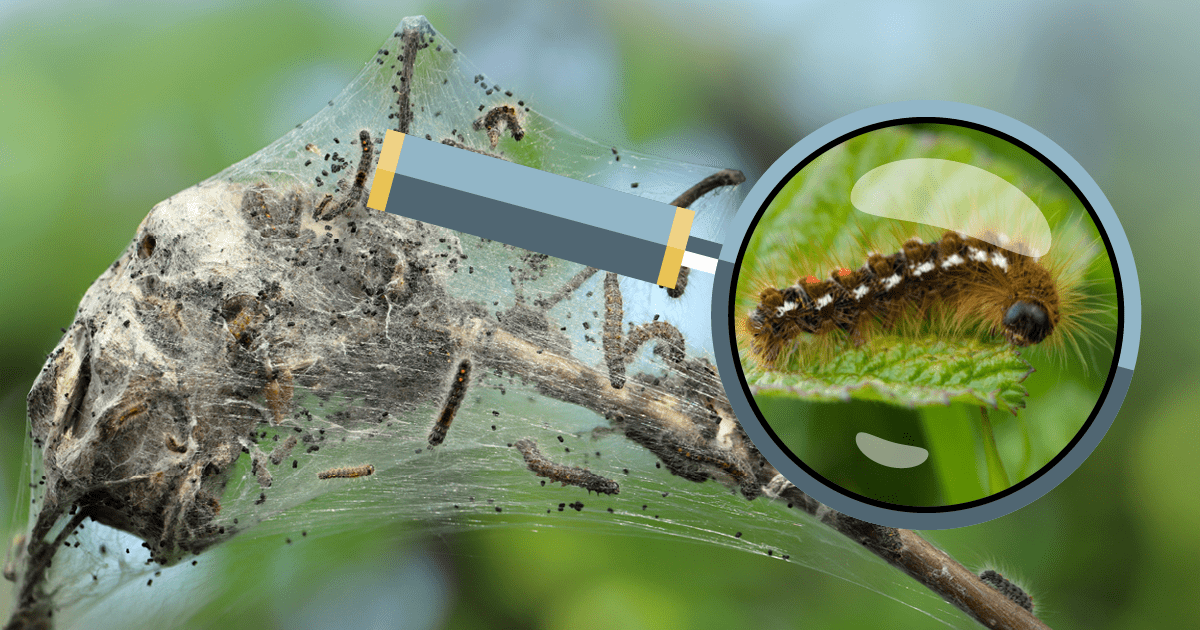
by rachael | Dec 1, 2022 | Awareness, Emotional Health, Mental Health, Physical Health
Every year when the countdown to the new year begins, people around the world start the time-honored tradition of making New Year’s resolutions. Gym memberships rises, new hobbies abound, habits are upended. While we, of course, support making healthy goals a reality,...

by rachael | Jun 1, 2022 | Awareness, Events, Nutrition
Fresh, unprocessed, whole foods are great sources of vitamins, minerals, and other beneficial nutrients your body needs—think vegetables straight from the garden, hand-picked fruit, and locally raised meat and dairy products. Fortunately in Maine, there are many ways...

by rachael | May 17, 2022 | Awareness, Physical Health
Browntail moths are an invasive species in Maine that not only defoliate trees—they can cause a painful, poison-ivy like rash and respiratory issues in humans. If you’re unfortunate enough to come in airborne or direct contact with toxic hairs from the browntail moth...

by hanna | Mar 9, 2022 | Awareness, Physical Health
A Guide to Aging and Exercise Think that exercise is only a young person’s game? It’s not! People of all ages should be participating in regular exercise. It’s essential for maintaining our physical, mental, and emotional health as well as preventing...

by jennie | Nov 30, 2021 | Awareness
As you know, the past eighteen months have brought unprecedented challenges – for all of us. We recognize your frustration. We are frustrated too. But now more than ever we need to work together, to be kind to one another, and to remember that we are all in this...

by hanna | Oct 12, 2021 | Awareness, Nutrition, Physical Health
November is Diabetes Awareness month and an important time to talk about healthier food choices. During this holiday season, you can manage your diabetes while enjoying your family, friends and festivities. What is Diabetes? At its very basic, diabetes is a chronic...







